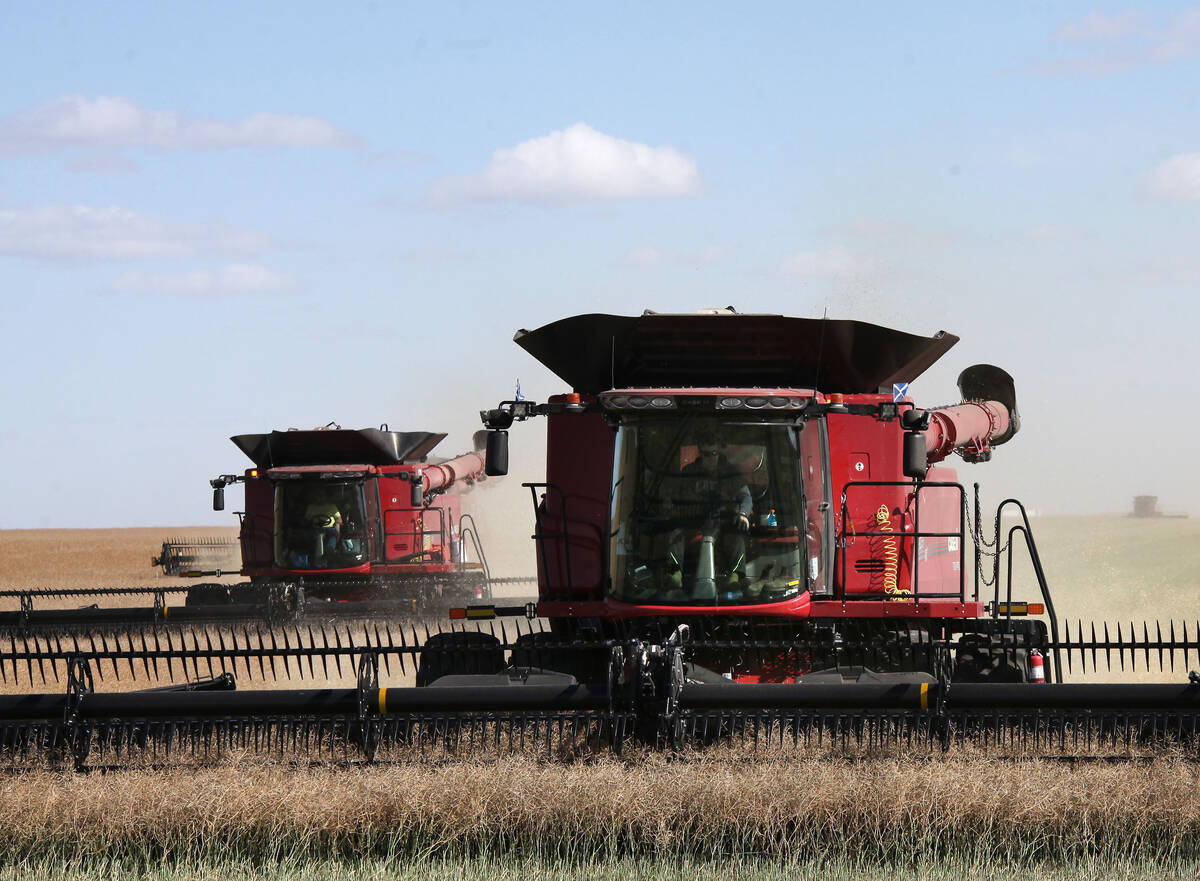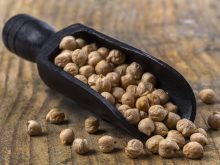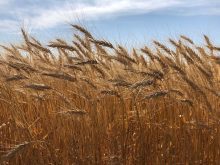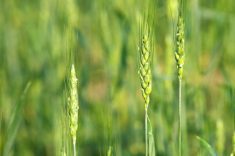The arrival of fall frosts and worries over U.S. corn yields are now stacked on top of the factors that led to last month’s rise in the Canadian Wheat Board’s pool return outlook (PRO) values for wheat.
And based on what the CWB called “another tumultuous month,” values for Canada Western (CW) feed wheat and the highest protein red spring (CWRS) wheat rose by $30 per tonne (82 cents a bushel) in the board’s September 2010-11 PROs, released Thursday.
Other wheat classes and grades saw values rise by at least $4 and as much as $25 per tonne.
Read Also

Calling for bigger crops ahead of StatCan report
Statistics Canada will release its first survey-based production estimates for the 2025/26 crop year on Dec. 4, with general expectations for upward revisions to most major crops from the model-based estimates in September. However, as StatCan has shown a tendency to underestimate production in its December reports, many analysts expect actual production may be revised upward in subsequent reports.
“This past month, the story has been headlined by fears surrounding U.S. corn ending-stocks balance and the impact of a widespread frost on the Canadian crop,” the CWB wrote in Thursday’s market commentary. “Also in the mix were the ongoing Russian export ban, Ukrainian reluctance to export, EU quality issues, and U.S. logistical issues.”
Due largely to “ongoing quality degradation” in Canada, the spread between Minneapolis spring wheat futures and both Kansas hard red winter and Chicago soft red wheat has widened, the CWB said Thursday.
Minneapolis December futures rose by almost 50 cents, Kansas December futures increased by roughly 35 cents and Chicago futures were up less than 10 cents. “This is the strongest reflection of the fact that the Canadian quality profile is deteriorating and that quality results in other growing areas are less than desirable.”
On top of those issues were rising concerns over U.S. corn supply over the past month as yield prospects deteriorated, the CWB said, as “strengthening corn prices provide broad support to the wheat complex.”
As of Thursday, the CWB said it’s priced about 24 per cent of the expected 2010-11 crop year deliveries of wheat, and now expects a pricing level of 60 per cent by the end of January.
PRO values for No. 1 CWRS at 14.5 per cent protein jumped far out to $320 per tonne, or $8.71 per bushel, up from $290 per tonne in the August PRO.
No. 1 CWRS at 11.5 per cent rose $21 per tonne, to $270, while No. 3 CWRS rose $13 per tonne, to $242. No. 1 CW red winter rose just $4 per tonne, to $241. CW Feed-grade wheat also rose $30 per tonne, to $215 ($5.85/bu.).
World wheat fundamentals have “tightened considerably” in 2010-11, the board said. Projecting out to 2011-12, however, the CWB noted overall world supply (increased production forecasts plus carry-in) is seen as being off less than two per cent from the 2009-10 record of 845.5 million tonnes.
Durum
“The frost that reduced Canadian milling wheat quality potential also contributed to declining prospects for western Canadian durum,” the CWB said, noting steady demand with the reported import coverage pace well ahead of last year’s.
Plus, the entire feedgrain complex has a firmer floor on rising corn values, the board said, noting a “good chance” for both domestic and offshore marketing opportunities for feed grains — including feed durum.
Durum values in the CWB’s new PRO rose by as little as $1 per tonne and as much as $21 per tonne. The PRO value for No. 1 CW amber durum (CWAD) at 14.5 per cent protein rose from $248 per tonne in August to $262 ($7.13/bu.) on Thursday.
No. 3 CWAD rose just $1 per tonne to $223, while No. 5 CWAD rose $21 per tonne to $206 ($5.61/bu.)
Barleys
Traditional Black Sea customers have had to look to Europe and Canada to source feed grain as Ukraine delays and Russia bans grain exports, and harvest results in Europe and Canada have so far been “disappointing,” the CWB said. “The question is: how long can these values be sustained?”
Given the poor harvest conditions in the EU, U.S. and Canada, there will be more feed grain available this year, the CWB said. Domestic feed barley is expected to respond to higher international export prices — tempered, however, by availability of other feeds and dried distillers grains (DDGs).
Further harvest results so far also show the supply of quality malting barley tightening, the CWB said. However, prospects for a good Australian crop come January “may keep a lid on price expectations in the international malt market,” the board added. “Until the major importers step up to the plate and Australia’s quality results are in, there is much uncertainty moving forward.”
The PRO value for No. 1 CW feed barley (Pool A) on Thursday rose to $227 per tonne ($4.94/bu.), up $3 from the mid-month PRO on Sept. 10. Values for Select CW two-row and six-row malting barley remained flat at $260 and $243 per tonne ($5.66 and $5.29/bu.) respectively.
The CWB’s next 2010-11 PRO is due out on Oct. 28.














